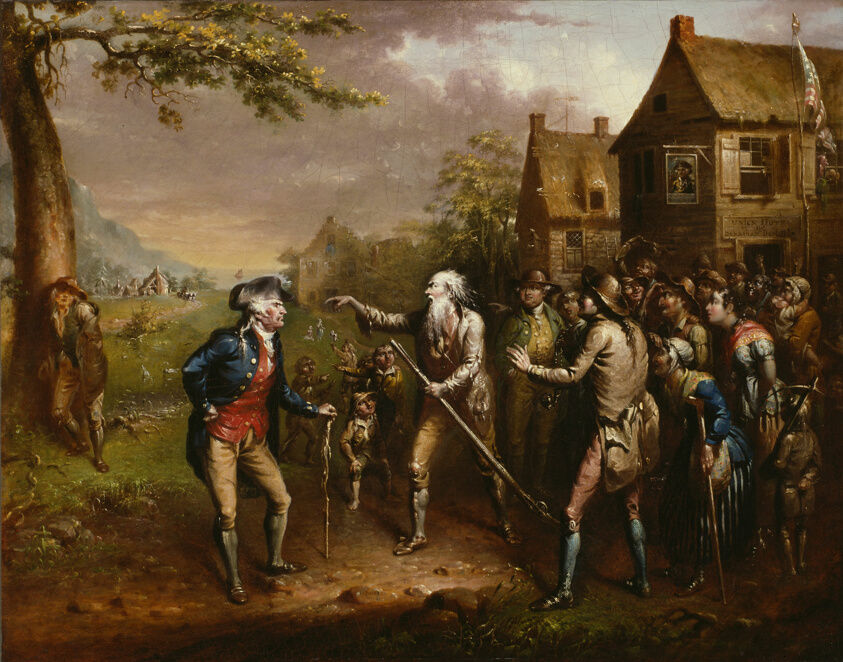The Jefferson Hotel, Not a Tiffany
- Eduardo Montes-Bradley

- Oct 24
- 2 min read
Updated: Oct 30
Updated on October 20th with details on the scholarship behind the stainglass work described in the following article.

Following the repatriation ceremony of Elizabeth Kortright Monroe Hay’s remains from Père Lachaise in Paris to Hollywood Cemetery in Richmond, I found myself drawn into a very different kind of adventure when Carolyn Holmes, suggested a stop at The Jefferson Hotel—just two blocks from the necropolis—for a refreshment.
As soon as I stepped into the lobby of The Jefferson, I was struck by the magnificent stained-glass dome, a luminous skylight that bathes the grand staircase and Palm Court in soft, diffused light. The architecture around me began to unfold: marble columns, palm-frond motifs, gold-leaf ornamentation, and a subtle interplay between transparency and reflection—an atmosphere poised between opulence and serenity.

The Jefferson Hotel opened in 1895, a creation of Lewis Ginter and the New York firm Carrère & Hastings. In 1901, a devastating fire consumed much of the building, and the iconic marble statue of Thomas Jefferson, sculpted by Edward Valentine, was heroically rescued—wrapped in mattresses and carried to safety by hotel staff.
That image of Jefferson swaddled and saved from the flames echoed another moment in history: the fire that struck the Rotunda at the University of Virginia in 1895, when students likewise rescued a marble statue of Jefferson by carrying it down the steps on mattresses. These parallel gestures, separated by time and place, feel almost allegorical—reminders that we are destined to save Jefferson from the flames again and again. Perhaps that is as it should be: each generation must decide how to preserve what is worth keeping and reinterpret what the fire cannot erase.

As I stood beneath the dome, I realized I was gazing at the same light that once fell upon Presidents Harrison, Taft, McKinley, Wilson, Coolidge, both Roosevelts, Truman, Reagan, both Bushes, Clinton, and Obama—all guests of The Jefferson. The continuity of that vision, through more than a century of American leadership, lends the place an aura of civic memory.
The stained-glass skylight and windows at The Jefferson have long been attributed to Louis Comfort Tiffany, but recent research—including conversations with Tiffany scholar Kelly Conway and verification with The Valentine Museum in Richmond—suggests that these luminous works might not be by Tiffany after all. The uncertainty only deepens their intrigue, reminding us how easily artistic authorship can blur across time.
As I lingered in the Palm Court, I realized how this experience paralleled my own work as a filmmaker—how architecture, light, and history merge into narrative form. The Jefferson, with its marble, glass, and echoes of the past, became for me a metaphor for the documentary itself: a space where art and memory coexist, refracting one another through time.








Very nice, Eduardo. And now you have finally met Carolyn!☺️